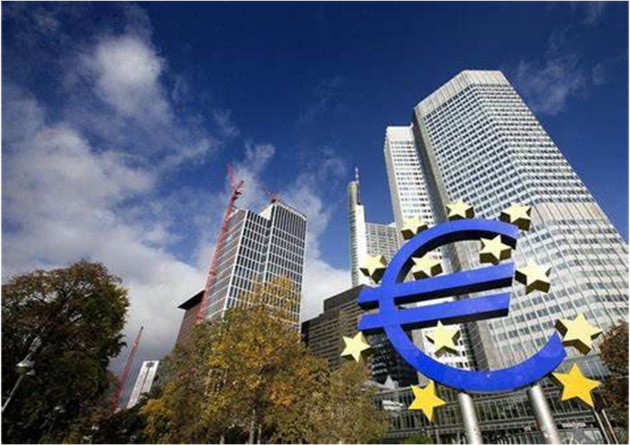Despite regional variations, Euro Area Inflation Remains Steady in April 2024

- rabeelrana
HG MARKETS:
The euro area’s annual inflation rate held steady at 2.4% in April 2024, the same as in March 2024, according to Eurostat. This represents a notable decrease from the 7.0% rate recorded in April 2023. Similarly, the EU’s annual inflation rate remained stable at 2.6% in April 2024, down from 8.1% a year earlier. Core inflation met expectations, coming in at 2.7%.
Within the EU, the lowest inflation rates were seen in Lithuania (0.4%), Denmark (0.5%), and Finland (0.6%). On the other end, Romania (6.2%), Belgium (4.9%), and Croatia (4.7%) had the highest rates. Compared to March 2024, inflation dropped in fifteen member states, remained unchanged in four, and rose in eight.
In the euro area, the primary driver of the annual inflation rate was the services sector, contributing +1.64 percentage points. Other notable contributors included food, alcohol, and tobacco (+0.55 pp), and non-energy industrial goods (+0.23 pp), while energy slightly reduced inflation (-0.04 pp).
The Harmonized Index of Consumer Prices (HICP) data showed a monthly inflation rate of 0.6% for both the euro area and the EU in April 2024. Notably, Belgium experienced a slight deflation of -0.3% in April, while Croatia recorded a monthly rate of 1.0%.
Belgium saw its inflation rate rise to 4.9% in April 2024, up from 3.8% in March 2024. Germany’s inflation rate remained stable at 2.4%, reflecting the overall trend in the euro area. Romania, despite a slight decrease, continued to have one of the highest inflation rates at 6.2%. Finland recorded one of the lowest inflation rates at 0.6%, consistent with previous months.
The euro area’s all-items HICP stood at 2.4% in April 2024. Excluding energy, the euro area’s inflation rate was 2.7%. Food, alcohol, and tobacco significantly contributed to inflation with +0.55 pp. Energy prices had a deflationary effect with -0.04 pp.
The stability in inflation rates across the euro area and the EU suggests a period of relative price stability. However, varying inflation rates among member states indicate differing economic conditions and challenges. Since the services sector is the main contributor to inflation, future rates will likely depend on developments in this sector.
Given the stable inflation rates, the outlook for the euro area remains cautious but slightly optimistic. Continued monitoring of sectoral contributions, particularly in services and energy, will be crucial for forecasting future inflation trends.
